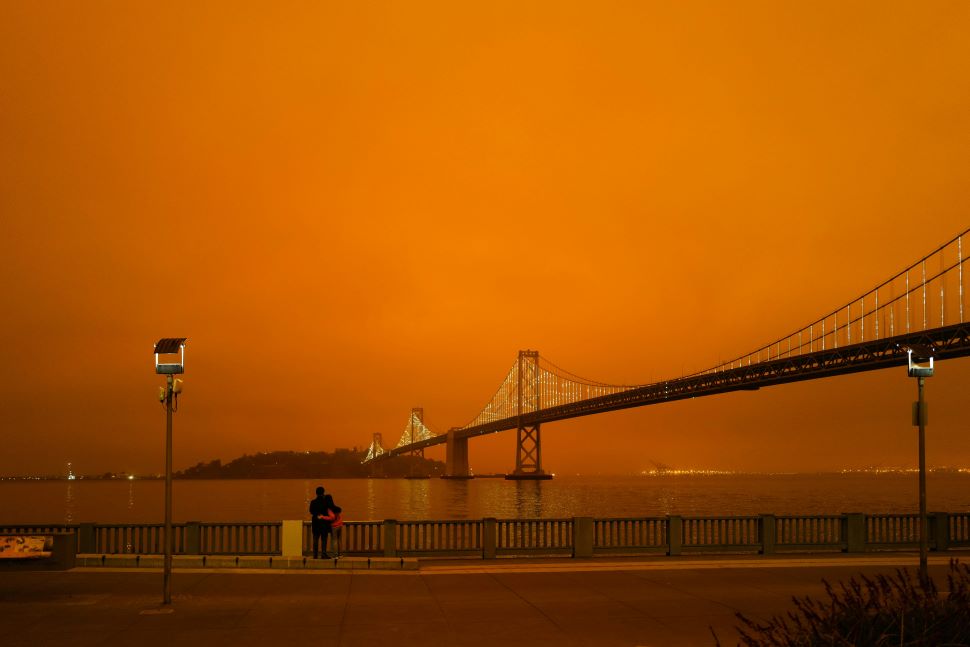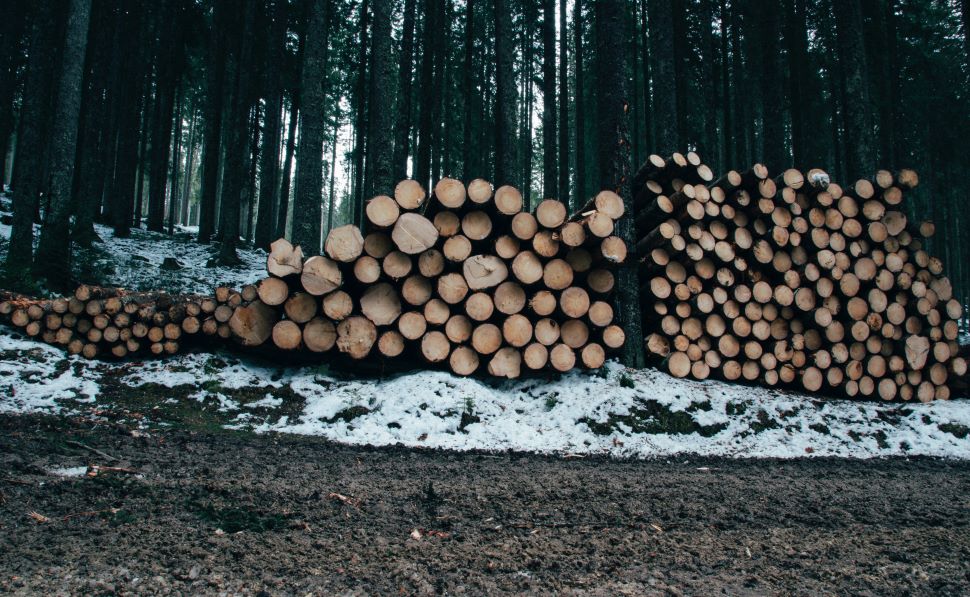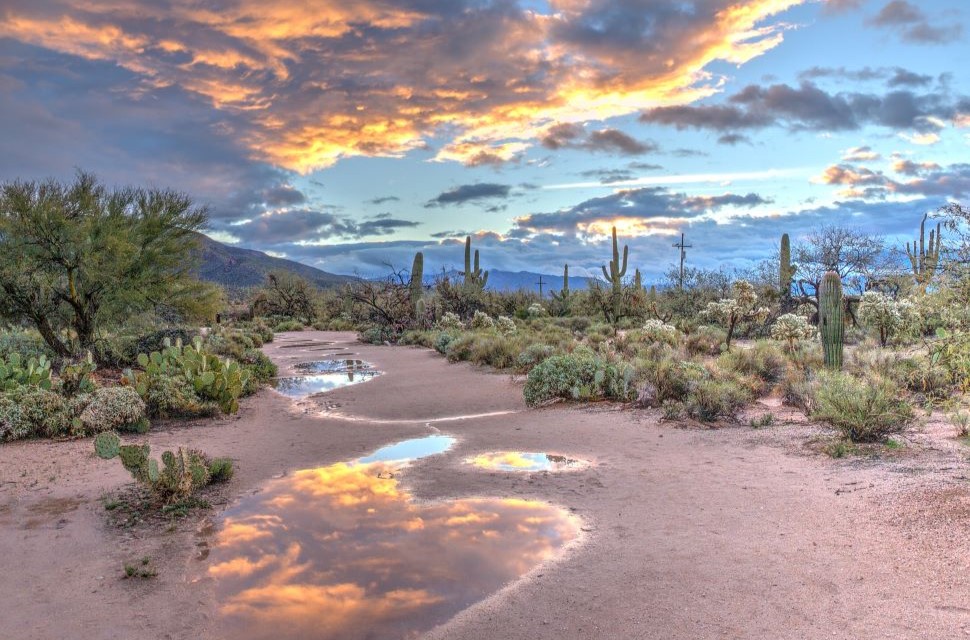This article originally appeared at the Center for Economic and Policy Research and Counterpunch.
It was disheartening to see several recent pieces in the Los Angeles Times — with headlines like “Every burned town is tragic. But Newsom needs to lead with science, not sentiment.” Many would argue that sentiment is often ignored, not science. In anthropologist Robert Barrios’ book “Governing Affect: Neoliberalism and Disaster Reconstruction,” he argues that post-disaster reconstruction efforts focus more on economic opportunities than emotion. Emotion is an important part of answering the common question of “Why do people live in hazardous areas in the first place?” An approach to recovery that doesn’t consider emotion is problematic because resilience comes from communities adapting, not dissolving.
So why do people live in hazard-prone areas? Like any social phenomenon, you cannot boil it down to one thing. The most obvious and familiar to Californians is the housing crisis. The undersupply of housing in urban and suburban areas has pushed people further into the Wildland-Urban Interface (WUI), which the Federal Register defines as “the area where houses meet or intermingle with undeveloped wildland vegetation.” Housing in the WUI is more affordable but also at risk. By not rebuilding housing stock after a disaster, survivors are forced into markets where they cannot afford to buy or rent. Some of these survivors end up homeless, exacerbating another one of the state’s problems.
If you’re asking, “Why not use that reconstruction money to build more housing elsewhere?” it is not that simple. You can’t just take the money allocated to rebuild a Paradise, Greenville, or Grizzly Flats and spend that on more housing in urban or suburban markets. The housing crisis is also a multi-layer issue, and it hinges on local political will, NIMBY resistance, subsidies for high-density developments, and decreasing assistance from federal housing programs. The state government has been trying to solve this issue for decades.
Another reason people live where they live is centered on the concept of place. When critics talk about towns in rural areas, they focus on space — the literal geographic location and its distance from hazards. But place is what happens when you fill a space with meaning, history, and objects. People don’t refer to homes as “residential structures.” It is a home. For some, that home was passed down through generations and contains objects representing those generations. A home is surrounded by a community full of meaning, history, and people. Paradise, Greenville, or Grizzly Flats are towns established in the 1800s. People live there because people have lived there for hundreds of years — even longer when you consider the pre-colonial lands of tribes like the Maidu, Nisenan, Miwok, and Washoe.
Place ties people to spaces. When critics talk about relocation and breaking that tie, you risk the dissolution of networks — the bonds people look to in times of crisis. Sociologist Kai Erickson, studying the relocation of West Virginia residents after the Buffalo Creek Flood in 1972, found an overwhelming sense of loss of community and high rates of mental health issues, from depression to post-traumatic stress disorder.
The country also saw this on a massive scale after Hurricane Katrina, when the federal government shuttled residents to Utah, Texas, and Oklahoma, sometimes without warning. There was a backlash when the media referred to displaced residents of New Orleans as “refugees.” It’s easy to see how the press picked up that term because there isn’t a better word to describe survivors. And while Katrina was a large-scale catastrophe, people don’t often consider how many are displaced by the frequent smaller-scale disasters, like the Camp and Dixie fires.
By not considering sentiment, the human element is lost in a tragedy. Disasters are reduced to economic losses. There are ways to rebuild survivors’ lives and mitigate hazards, from correcting 100 years of forest mismanagement and holding utilities accountable to implementing new regulations that protect homes, such as installing sprinkler systems and water tanks. And yes, we can build more high-density housing in urban and suburban markets, so people aren’t pushed into the periphery. The cycle doesn’t have to be “Rebuild, Reburn.” California can also “Rebuild Resilient.” Otherwise, the state faces a future in which more and more residents become climate displaced.



